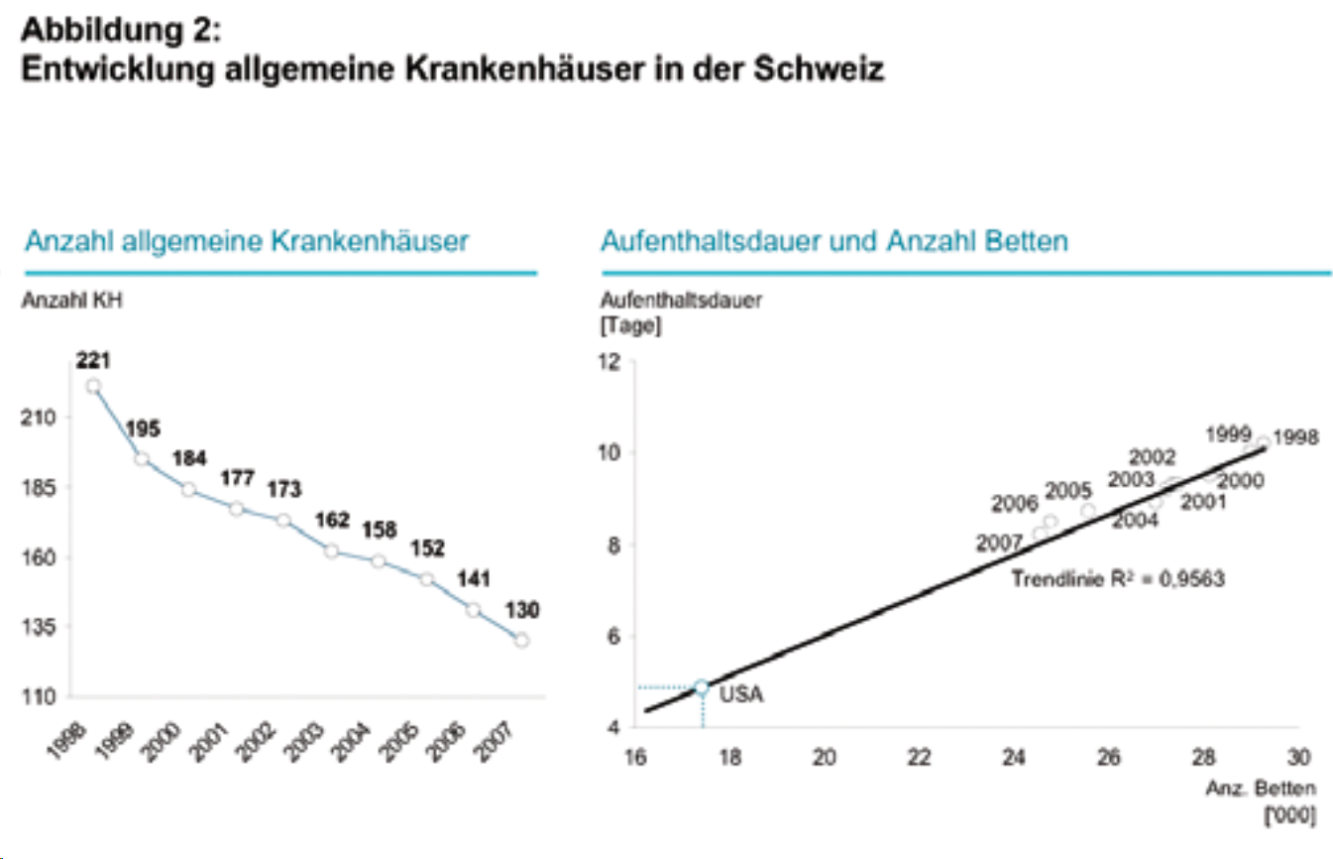The SwissDRG remuneration system is intended to take account of the varying degrees of severity of individual diagnoses and procedures. However, the remuneration system does not take into account the respective cost structures and expenses of the hospital for a specific case. The aim of hospitals must therefore be to keep the costs for a disease-specific treatment process as low as possible, whereby the remuneration system contains various mechanisms to counteract abuse. The risk of a patient being discharged prematurely, for example, is taken into account by the fact that readmissions with the same main diagnosis within 18 days of discharge are not remunerated. However, it is important to ensure that costs are not reduced at the expense of quality. As poor-quality service provision leads to an increased re-admission rate with corresponding costs, cost-cutting measures must be flanked by quality assurance measures. From a health policy perspective, the free choice of hospital and a parallel increase in quality transparency will contribute to this.
The introduction of SwissDRGs presents some challenges for hospitals, but at the same time it also offers opportunities to those who know how to use the increased competition to their advantage. The focus of efforts for hospitals is on cost and process improvements with efficiency increases on the one hand, and a strategic orientation of the range of services on the other. In the medium to long term, this will allow the range of services to be restructured in such a way that the focus is on those services that can be provided efficiently and in good quality. Such a strategic (re)orientation cannot be achieved in the short term, but must take into account the market environment, political guidelines and other factors.
An indispensable prerequisite for hospitals is precise knowledge of costs in order to be able to tackle improvements. Only this knowledge of costs makes it possible to use (internal and external) benchmarks to identify the levers with the greatest cost-cutting potential and to estimate the savings potential. Cost unit accounting is a prerequisite for this in order to be able to allocate the costs to a specific case and not just to know the cost centers. Positive margins (or a loss) for a specific case group can thus be determined and the hospital’s efficiency measured in comparison with the best practice example.

